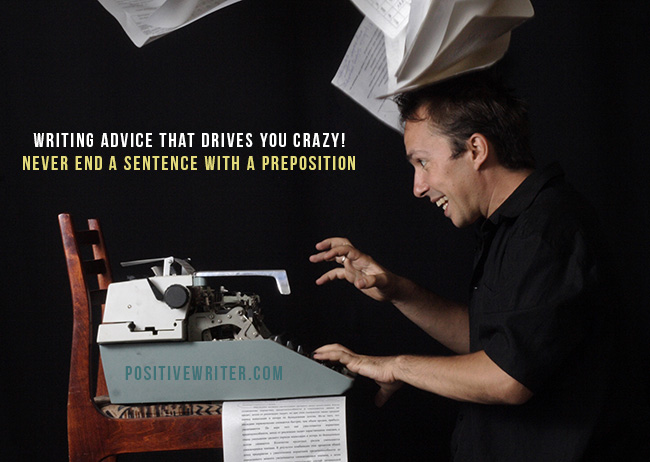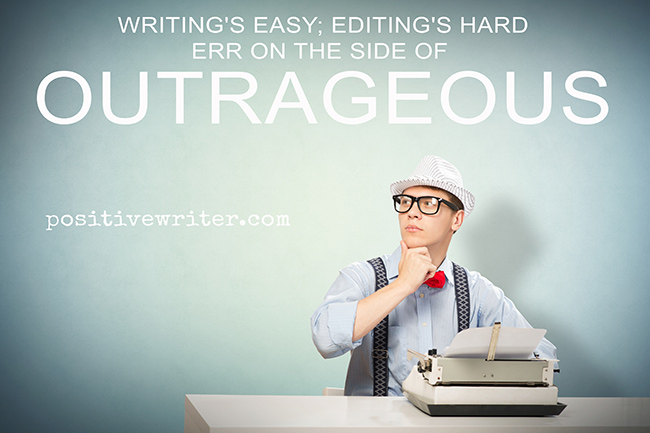The Internet seems to be of two general thought schools on the subject of first drafts.
They go like this:
One: The first draft is your brain-barf, pure, unadulterated word puke, a memory dump, Michelangelo’s block of marble. The writer’s job in the first drafting process is to get as much of it down on paper as humanly possible; it’s for second drafts and beyond to chip away at the mess left behind.
Two: Word-spew is for amateurs. Efficient writers who want to write real books and make money to write more books will plot out their drafts, making Excel spreadsheets full of color-coded scene lists, arranged by character and codified by act. First drafts are the upwellings of all this hard pre-work, and are polished, precise, and require minimal rework before being shipped to your agent or CreateSpace, whichever you prefer.
Can I offer a third way? I’ve nicknamed it the “Four D’s” – four elements that help make a first draft, even an unpolished one, coherent and complete.




















